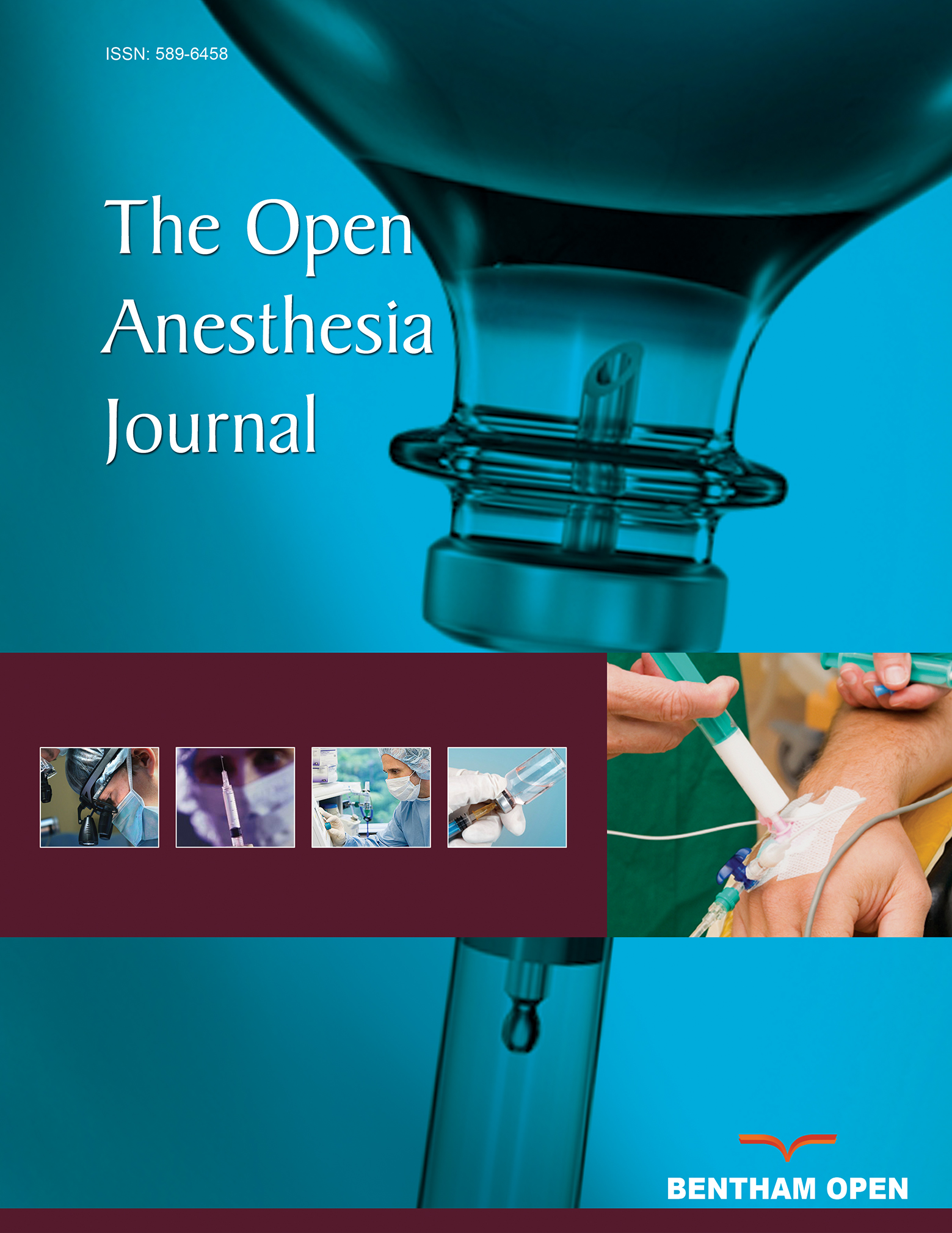All published articles of this journal are available on ScienceDirect.
Predictors of Difficult Tracheal Intubation on Adult Elective Patients in a Teaching Hospital
Abstract
Background:
During routine preoperative assessment of patients one of the commonest practices is predicting difficulty of tracheal intubation from various factors detected. Whether the factors reliably predict the difficulty is subject of argument. This study was conducted to assess the predictors of difficult tracheal intubation in adult patients.
Methods:
In this prospective observational study, we studied 120 consecutive elective adult patients admitted for general, gynecologic and orthopedic surgeries. Socio-demographic parameters and test variables such as BMI, TMD, SMD, IIG and Mallampati class were collected during preoperative evaluation. CL grade and difficulty of intubation were observed while the anesthetist in duty performs the laryngoscopy. While the former obtained from the preoperative anesthesia note, the latter were filled to questionnaire based on what the anesthetist reports during or after laryngoscopy. The prevalence of difficult intubation and the sensitivity, specificity, PPV and NPV of the tests were analyzed. SPSS-20 and different formulas were used during analysis. Chi square test was used and P<0.05 was considered as statistically significant.
Result:
The overall prevalence of difficult tracheal intubation was 2.5%. The sensitivity, specificity, PPV & NPV of the tests were 0%, 98.3%, 0% & 97.46% for BMI; 0%, 97.5%, 0% & 100% for SMD; 100%, 96.64%, 20% & 100% for TMD; 0%, 99.17%, 0%, & 100% for IIG; and 100%, 99.14%, 75% & 100% for Mallampati test.
Conclusion:
The incidence is not quite small that anesthetists should use necessary tests to predict the difficult intubation. Probably combining the tests being the best option, Mallampati test alone can predict the difficult intubation in adult patients.


